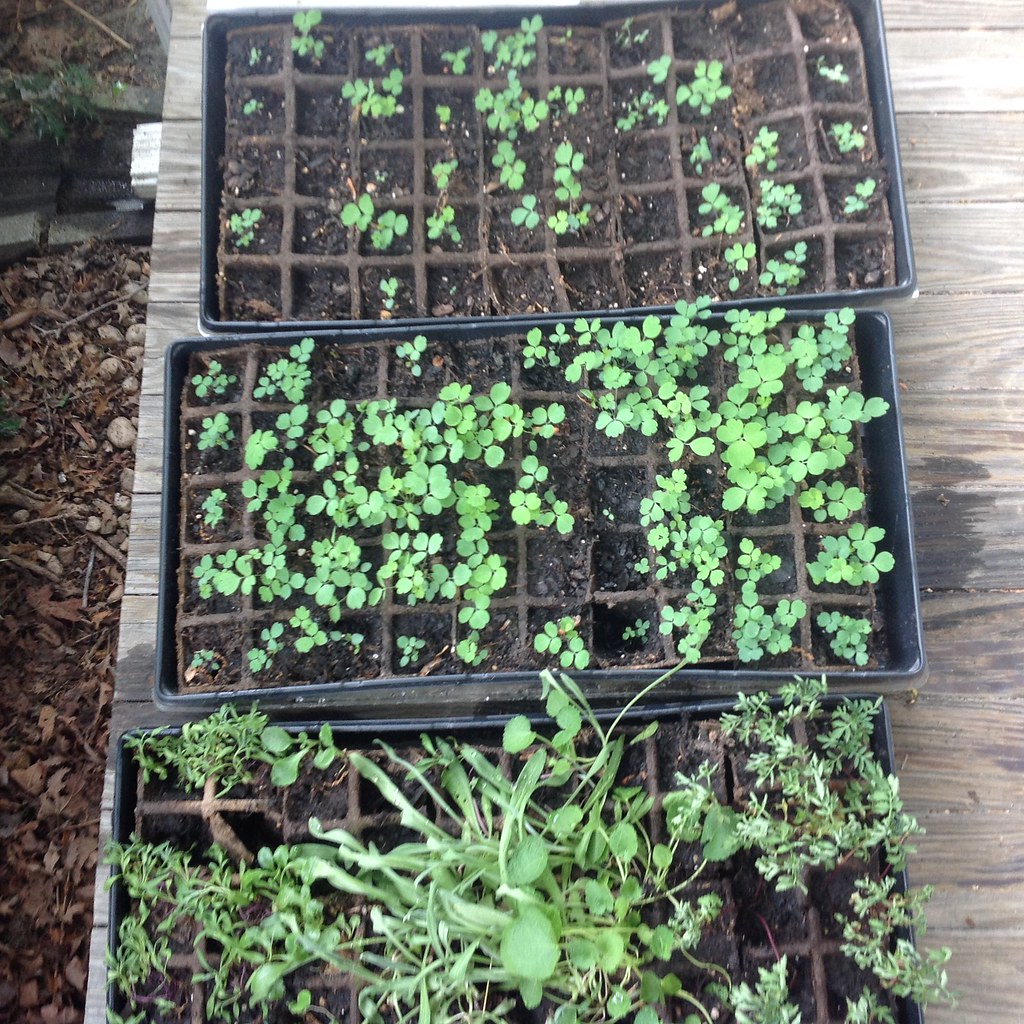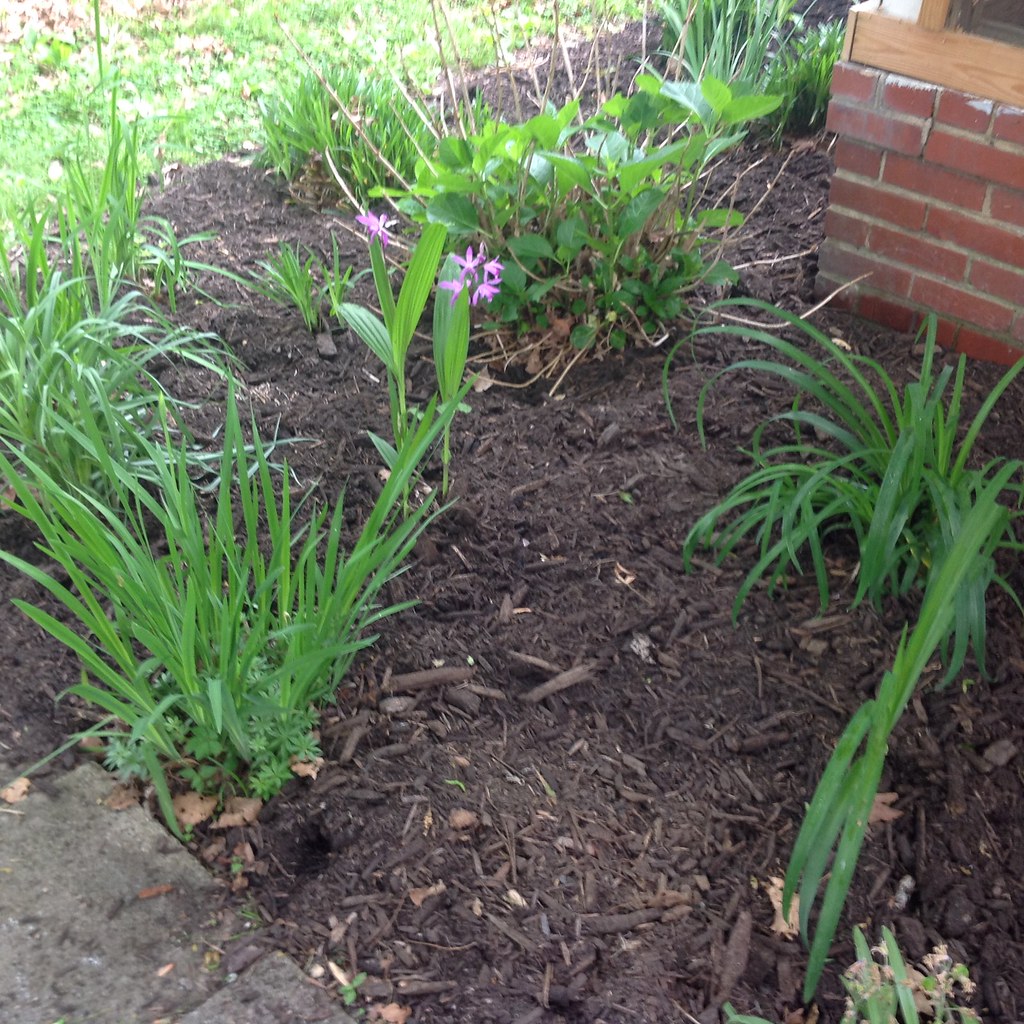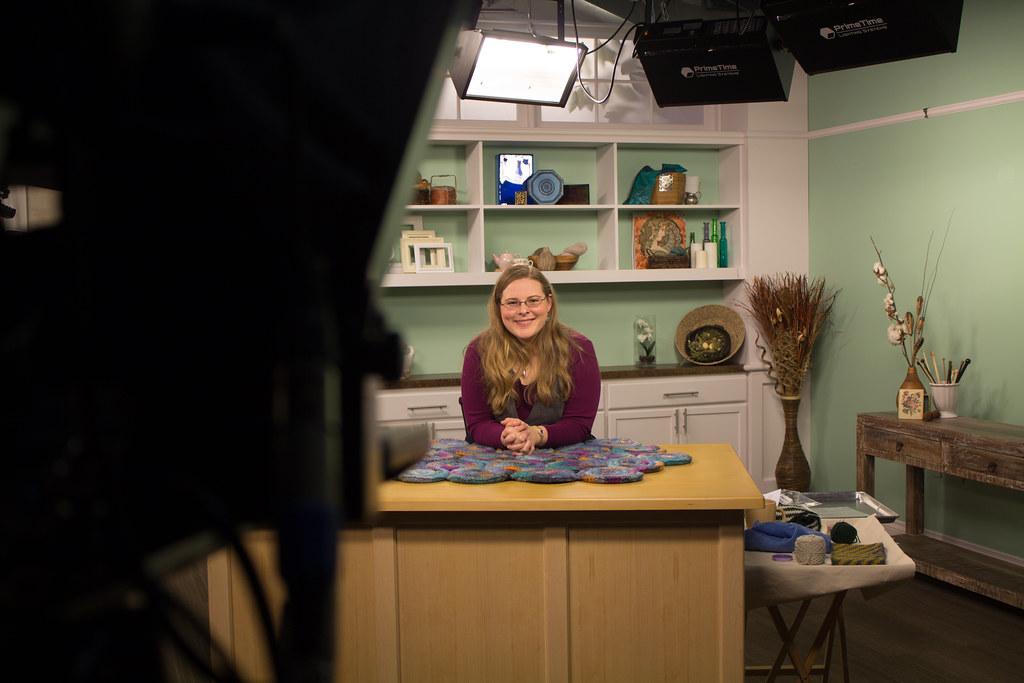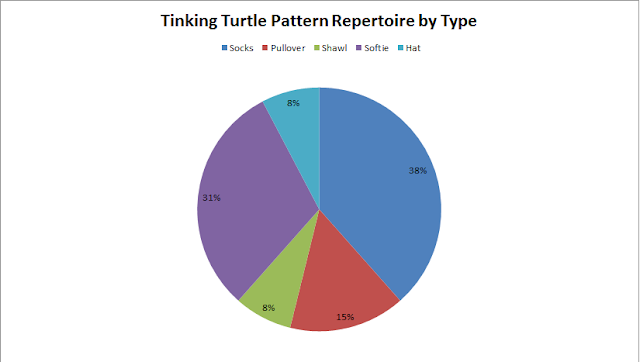I’m at TNNA this weekend (I’m leaving tomorrow afternoon), and having a ball. It’s a lot of networking (which can sometimes be a little hard), but it’s also just so wonderful to spend time with people who are passionate about the same things.
However, after using my words all day. I’m fairly worded out. So today’s a brief visual tour to TNNA, with captions.
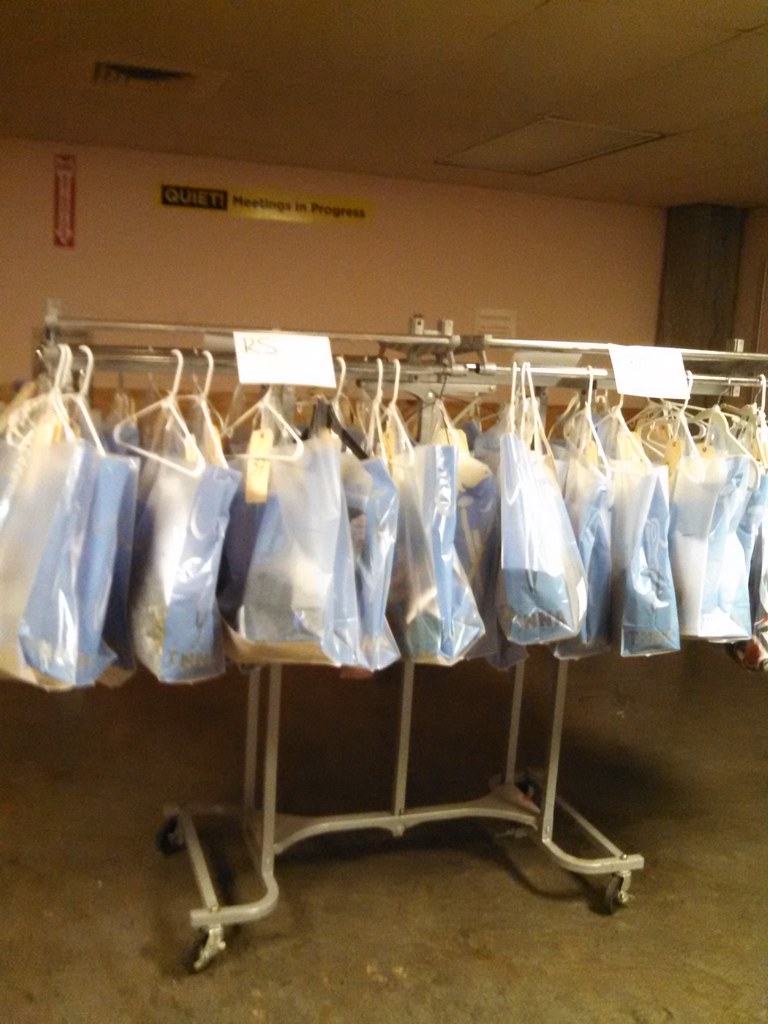
Getting Ready to the TNNA Fashion Show, backstage.
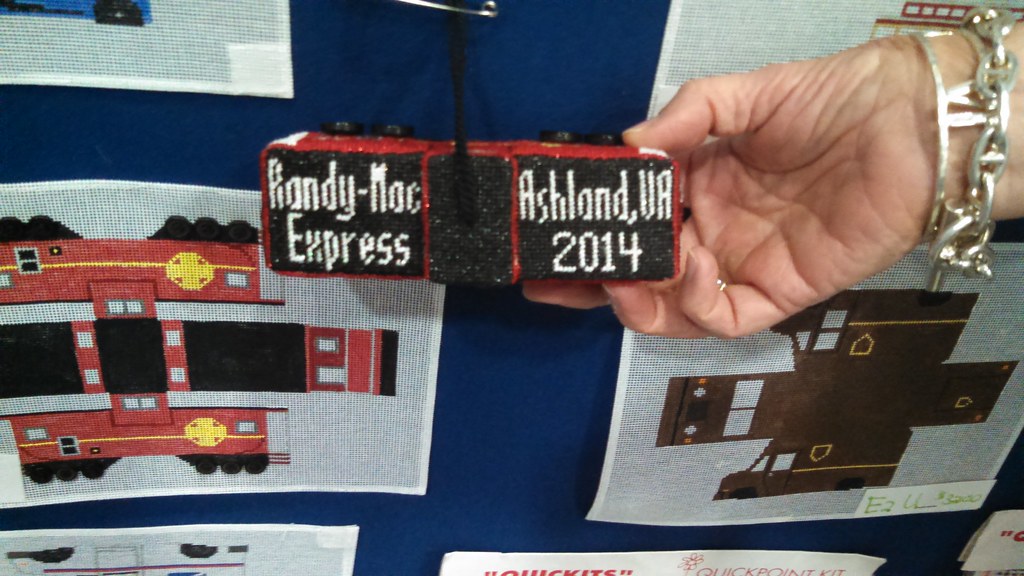
Ashland, VA represented! I was shocked.
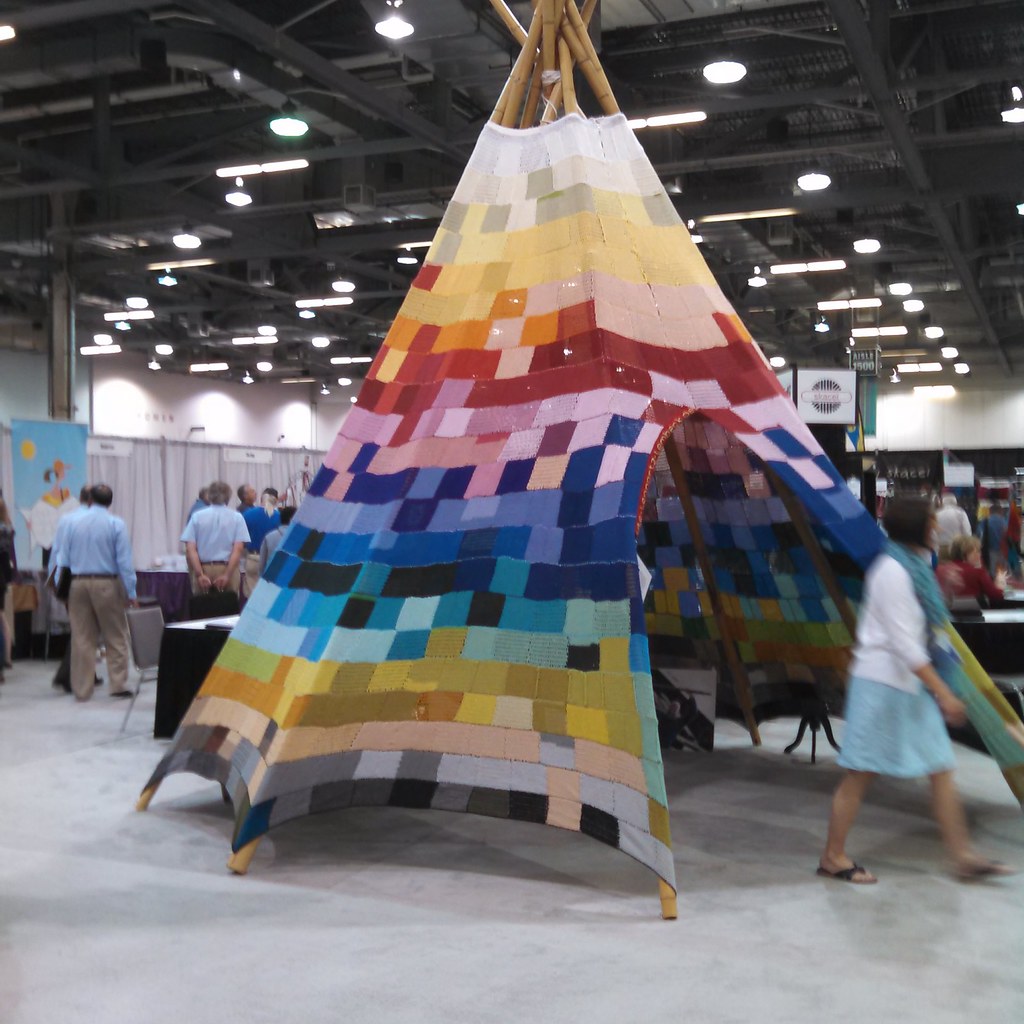
Knitted and Crochet Teepee in Addi’s booth.

My mittens at the Willow Designer Breakfast at TNNA.
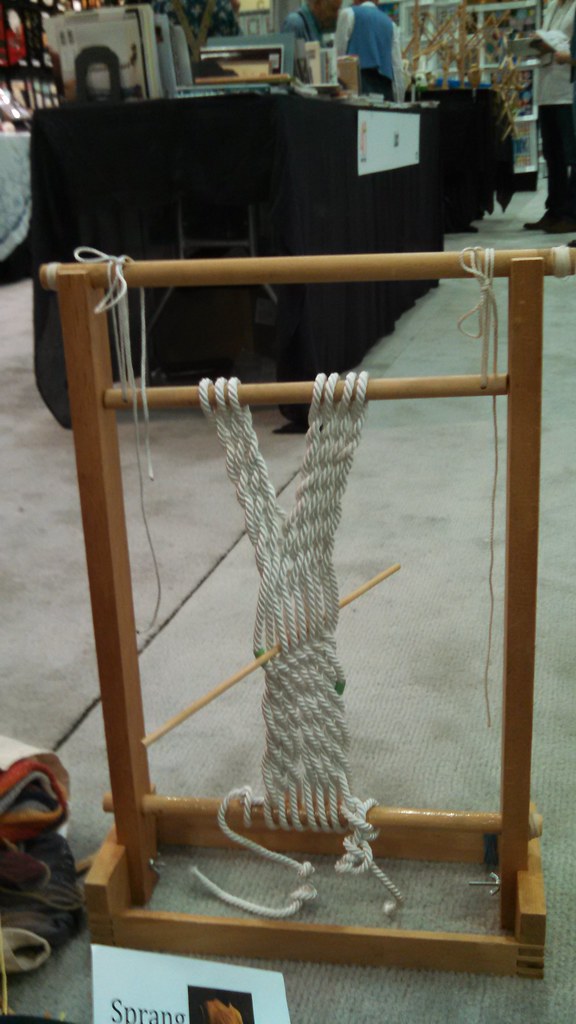
Learning how to work Sprang with Carol James – she’s a really great teacher!
There were so many other things I want to share with you, and I will, once I get home. I have yarns I’m excited about, patterns and opportunities. But for now, I really should get ready for tomorrow… and figure out how I’m going to get all my yarn home.

